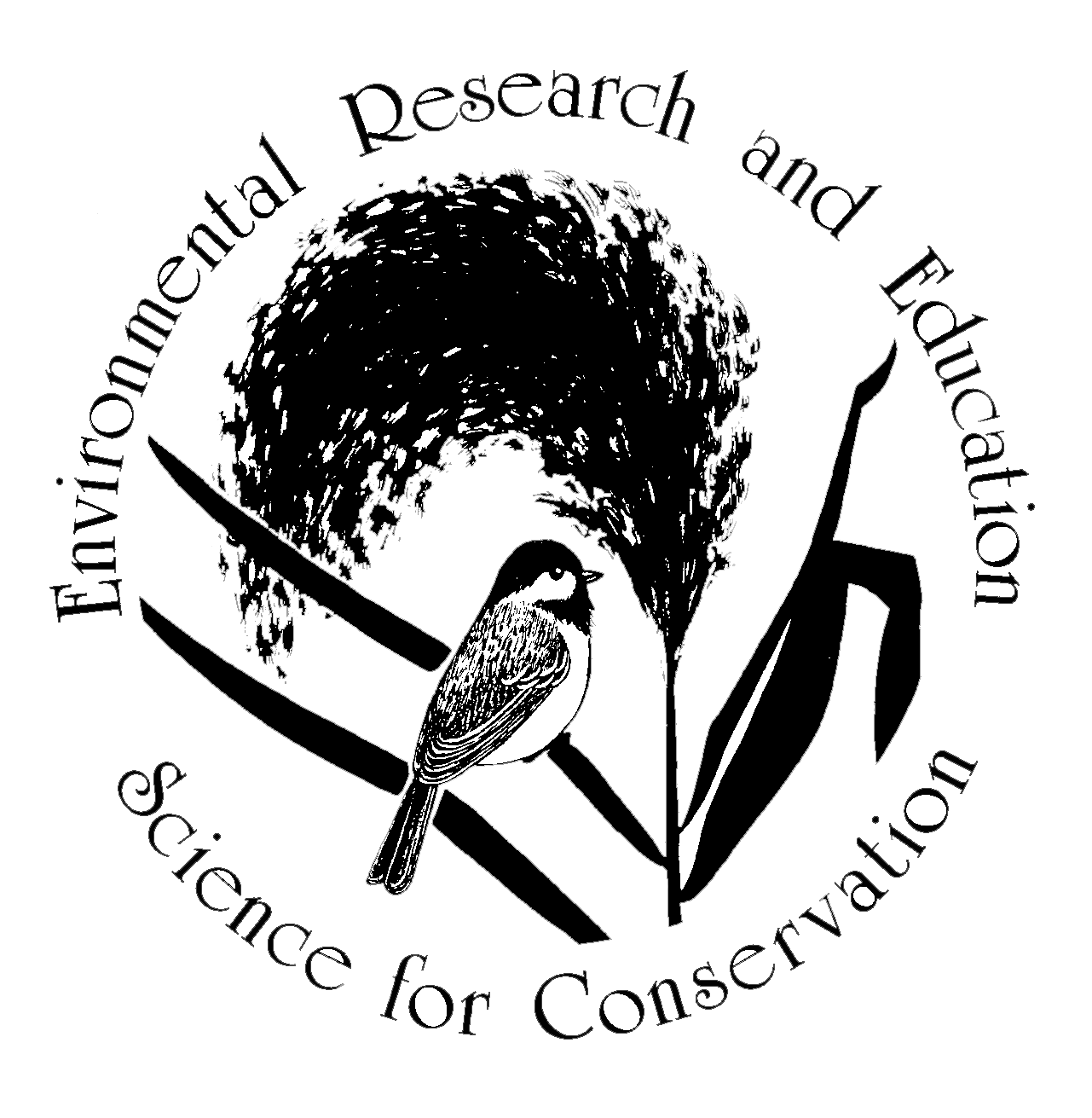
Conservation Planning Resources
This suite of resources is designed specifically for land-use planners, regulatory agencies, conservation NGOs and others interested in advancing local biodiversity conservation. Included are summaries of conservation recommendations for certain habitats, as well as a series of documents with suggestions for how municipal planners can use comprehensive planning, pre-application meetings, zoning, SEQR, and other processes to incorporate biodiversity protection into their day-to-day work.
-
Written by Hudsonia scientists and published in 2001 by the New York State Department of Environmental Conservation, the Manual profiles 38 ecologically significant habitat types of New York’s Hudson Valley, discusses the plants and animals of conservation concern each habitat may support, and provides recommendations for protecting the biodiversity values of those habitats. The Manual is the centerpiece for our Biodiversity Assessment courses. Hudsonia has distributed the Manual free of charge to municipal conservation commissions, land trusts, and public libraries throughout the region.
-
This companion to the Biodiversity Assessment Manual guides readers through the process of assessing habitats using map resources for biodiversity conservation planning. This document is provided to all participants in the 6-month or Short Course programs. You may order a digital or hard copy of the Guidebook by contacting Hudsonia.
-
This document, adapted from the Biodiversity Assessment Manual, describes a series of conservation recommendations that can be applied to any scale of project.
-
Important resources such as aquifers, streams, significant habitats and farmland for which local measures provide the most effective protection, and some ways to achieve that protection.
-
Recommendations for protecting selected habitats of conservation concern. Each set of recommendations is based on the needs of one or more focal species that depend on that habitat.
-
The procedures outlined will help town agencies effectively incorporate biodiversity conservation into review and design of land development proposals.
-
A template to assist municipal planning boards in their reviews of land development projects.
-
-
-
-
Why should we be concerned about biodiversity protection? This document, created in conjunction with the Hudson River Estuary Program, describes the links between biodiversity and Lyme disease, West Nile Virus, wildlife-generated income, and other facets of ecology and human welfare. We encourage the free download and distribution of this document.
-
Report to the Lower Hudson Partnership for Regional Invasive Species Management on Best Management Practices (BMPs) for priority invasive plants in the lower Hudson Valley.
-
Just a few of the many groups we work with that are great sources of information:
~Conservation and Land Use Program for the Hudson River Estuary Watershed
~Cornell University's Department of Natural Resources and the Environment

